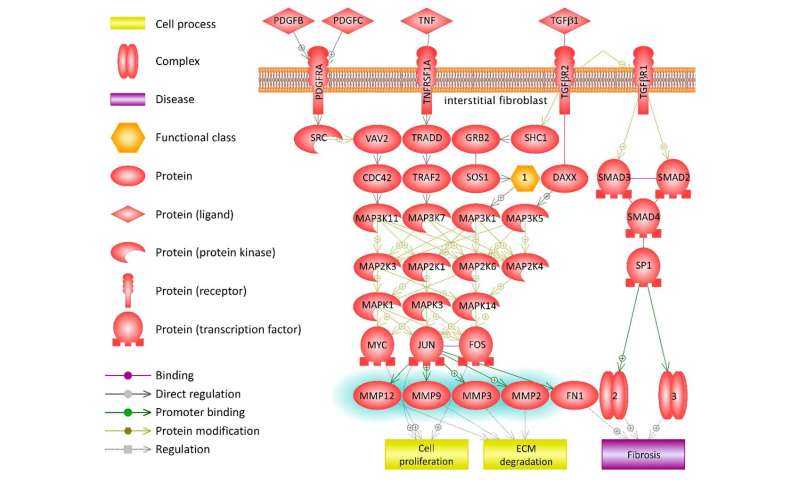Gene therapy approaches to treating nephropathia epidemica researched by Kazan Federal University

This particular inquiry pertains to CCR5—a gene which has lately been on the focuses of research worldwide. In particular, CCR5 deletion was used in China to perform the first ever genetic editing on human embryos. It's also known that a CCR5-Δ32 mutation can make people immune to HIV.
In this publication, the Gene and Cell Technology Lab team of Kazan University analyzed the connection between CCR5 genotype and susceptibility to hemorrhagic fever with renal syndrome in Tatarstanis. The typing was performed through polymerase chain reaction; 98 afflicted and 592 healthy individuals were tested during four years.
Junior Research Associate Yekaterina Martynova explains, "Republic of Tatarstan is a region with natural hot spots of HFRS and relatively high prevalence of the disease.
"We found that patients with the CCR5 / CCR5 homozygous genotype had a longer oliguric phase and lower platelet count in the blood compared with patients with the heterozygous genotype. In the blood of such homozygotes, a higher level of metalloproteinases was also detected. In contrast, in patients who had a heterozygous genotype, that is, had a Δ32 mutation in the CCR5 gene, these clinical parameters were least pronounced. Our data indicate a greater likelihood of damage to intracellular structures and a higher level of activation of the innate immunity system in patients with a homozygous genotype compared to heterozygous patients, that is, those having a Δ32 mutation in the CCR5 gene."
The paper is a joint undertaking by Kazan Federal University, University of Nevada, Kazan State Medical University, Kazan State Medical Academy, Tatarstan Republican Clinical Infection Hospital, and University of Nottingham.
Funding is provided by Project 5-100, Russia.
More information:
Konstantin Kletenkov et al. Δccr5 Genotype Is Associated with Mild Form of Nephropathia Epidemica, Viruses (2019). DOI: 10.3390/v11070675
Provided by Kazan Federal University